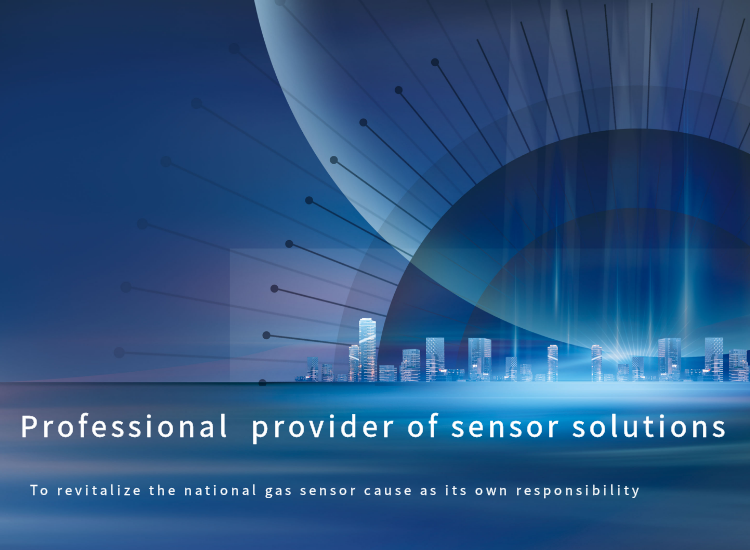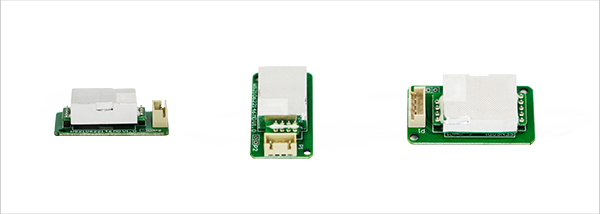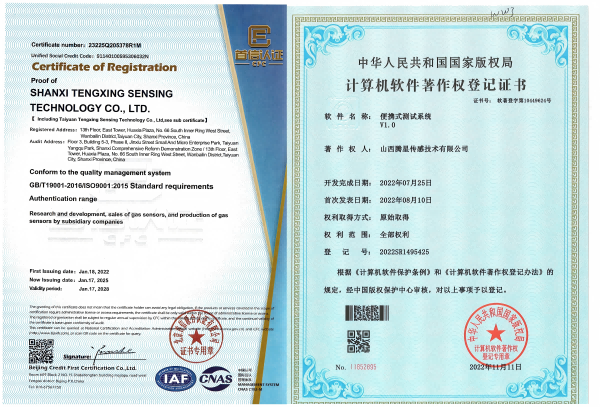

 Products
Products CO2 Sensor
CO2 Sensor
Detection of CO2 in Air Using Non Dispersive Infrared (NDIR) Principle
Application:
Heating, Ventilation, and Refrigeration EquipmentProduct characteristics:
High sensitivity, low power consumptionDescription
The TX-Z19E carbon dioxide gas sensor (hereinafter referred to as the sensor) is a universal intelligent small sensor with two products: pins and terminals. It uses the principle of non dispersive infrared (NDIR) to detect CO2 in the air, and has the characteristics of good selectivity, oxygen independence, and long service life; Built in temperature compensation; Simultaneously equipped with serial port output and PWM output, convenient to use. This sensor is a high-performance sensor that combines mature infrared absorption gas detection technology with precision optical path design and sophisticated circuit design.
Product images

Technical specifications
| Product model | TX-Z19E |
| Detection gas | CO2 |
| Working voltage | 5.0±0.1V DC |
| Average current | <40mA(@5V power supply) |
| Peak current | 125mA(@5V power supply) |
| Interface level | 3.3V(Compatible with 5V) |
| Detection range | 400~10000ppm(optional, see as follows) |
| Output signal | Serial port(UART)(TTL level 3.3V) PWM |
| Preheat time | 1 min |
| Refresh time | 2 s |
| Response time | T90<120s |
| Working temperature | -10~50℃ |
| Working humidity | 0~95%RH(no condensation) |
| Storage temperature | -20~60℃ |
| Weight | 5 g |
| Lifespan | >10 years |
Common range and accuracy:
| Gas name | Molecular formula | Range | Resolution | Accuracy |
| Carbon dioxide | CO2 | 400~2000ppm | 1ppm | ±(50ppm+5% reading value) |
| 400~5000ppm | ||||
| 400~10000ppm |
Pin definition (pin)
Pin Name | Pin Description |
Vin | Positive power supply(Vin) |
GND | Negative power supply(GND) |
PWM | PWM |
HD | HD (zero calibration, low level is valid for more than 7 seconds) |
Rx | UART (RXD) TTL level data input |
Tx | UART (TXD) TTL level data output |
Application

Production workshop

Certificate Qualification

TenSensor, China's first listed gas sensor company,Tensensor can provide more than 100 varieties of six series including:
semiconductor gas sensor
electrochemical gas sensor
infrared gas sensor
dust sensor
pyroelectric sensor
thermopile sensor, etc.
which can be used for more than 200 kinds of gas and infrared, dust and other indicators detection, widely used in the field of security for detecting gas leakage, noxious gas leakage, smog and fire, the field of family, office and factory for detecting HCHO, VOC, CO2, PM2.5 and so on.
Moreover, the solutions for security, household electrical appliances, consumer electronics, smart home, instruments and meters are available.
For more information about TX-Z19E sensor, please contact account manager.
TEL:0086-0351-5249552
Whatsapp:+86 18335818384
Email:[email protected]
Request Consultation